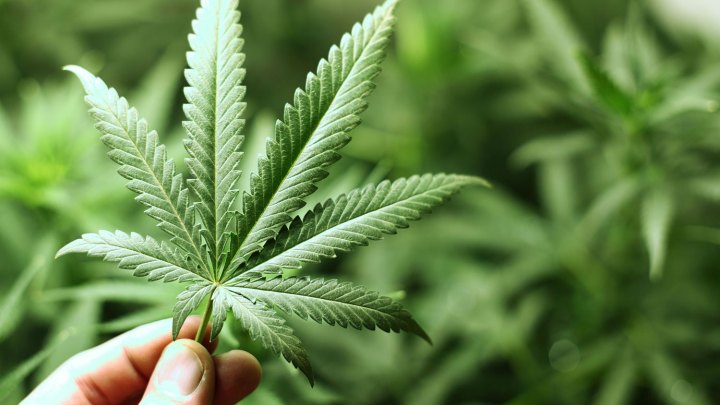
Neil Yorio now works at BIOS, a lighting company that develops lights for both human and plant use. With cannabis decriminalization efforts in full swing in a number of states across the U.S., demand for effective grow lighting is surging. Growing cannabis indoors offers several benefits, chief among them a higher level of security, so Yorio and BIOS’ work is welcome.
BIOS grow lights are based off the same concept as the LED lighting Yorio produced with NASA. It’s an extremely efficient lighting method, and uses far less power and is mercury free, unlike the high-pressure sodium lights currently in use by most growers. Sodium growing lights produce a lot of light at wavelengths unusable by plants, whereas LED lights don’t, making them much more efficient bulbs overall.
BIOS lights are still quite expensive at about $1,500 per light. Covering a 1,000 square foot canopy would need about 62 of them to be effective. Regardless, these lights would last about a decade if used in the typical 12 hours on/12 hours off lighting cycle recommended for cannabis grows, eight times longer than the traditional high-pressure sodium light.
The cannabis industry has by and large passed over LED lighting despite the advantages, which Yorio blames this on a lack of education and standards. Since these lights run cooler, certain aspects of plant maintenance may need to be adjusted — watering times, for example. Additionally, the right LED lights need to be used in order to ensure the best results.
“NASA invested a lot of time and money on these types of research projects to explore bioregenerative life support systems,” Yorio told The Motherboard in an interview. “Now we, the people who were part of it, have the opportunity to build upon that base of knowledge that is directly applicable to indoor commercial crop production, and cannabis is one of those many crops, just like lettuce, tomatoes, and cucumbers.”
In other words? Just like the push from medical marijuana proponents to get the drug removed from Schedule I to allow broader scientific research, other companies could benefit from research on the cultivation of the plant itself by less stringent regulatory controls. There’s quite a bit that we don’t know about cannabis, simply because its classification pretty much forbids it. And how to most efficiently grow the plant is one such area where more remains to be learned.
Growing marijuana for private use remains illegal under federal law and in most states, and is subject to specific legal requirements in those states where it is permitted.
Editors' Recommendations
- Alexa can now set sleep timers to simulate a sunrise using your smart lights
- The LumiGrow BarLight is a smart grow light for pot cultivation


